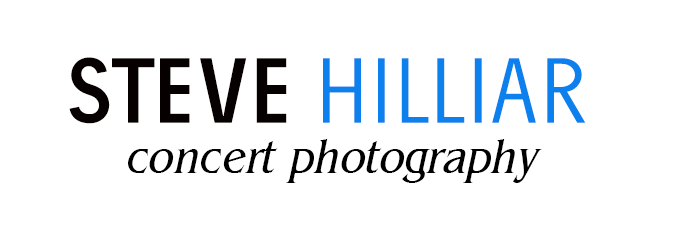The Best Camera Settings for Concerts
Today I’m going to explain the best camera settings for concert photography. Concert photography is one of the more challenging types of photography. You have very difficult lighting, a lot of moving subjects. One of the best things you can do to ensure your concert photos are as awesome as you want them to be is to make sure your camera settings are optimized for concerts. The first and most important thing you need to do is get your camera ready to focus and capture the action. First, let’s discuss the focus mode. There are two basic focusing methods that all cameras have, which are the default focusing action and then continuous focus. Single Shot focus is where you half-press the shutter button to acquire focus and then for as long as you hold the shutter button and half-press, the focus will not change regardless of whether or not the subject moves with a single shot if you want to readjust focus, shutter button and then half-press it again to reacquire focus. Single Shot focus is not good for concert photography. Therefore you need to use some form of continuous focus.
Continuous focus is exactly what it sounds like the camera instead of blocking focus on a point in space instead it looks at the subject in the scene. As the subject moves, the camera continuously adjusts the focus to keep the subject in focus. Most modern cameras have a few different continuous focus options. Typically a standard continuous tracking is continuous. Now I cannot tell you which one of these to use because how well they work will vary from camera to camera. Instead what you will need to do is a test for different continuous and tracking focus modes to see which one gives you the best performance with whatever continuous focus option you use. You still have to be sure that the camera is continuously focusing where you want to focus. This brings us to the next setting you want to set which is your focus point. This again will vary from camera to camera. But you typically have three options to use with continuous focus. Those options are a single focus point, a grouping of focus points, or face or eye focus. For Concerts, I recommend a single point or a group and I recommend you avoid face or eye protection. Here’s why. Face for eye detection can be great when say you’re tracking the lead singer and they are moving across the stage and passing in front of the performer’s face. The camera sees the bass player’s face and thinks it should track that face and in doing so, stops focusing on the lead singer which is the actual subject.
